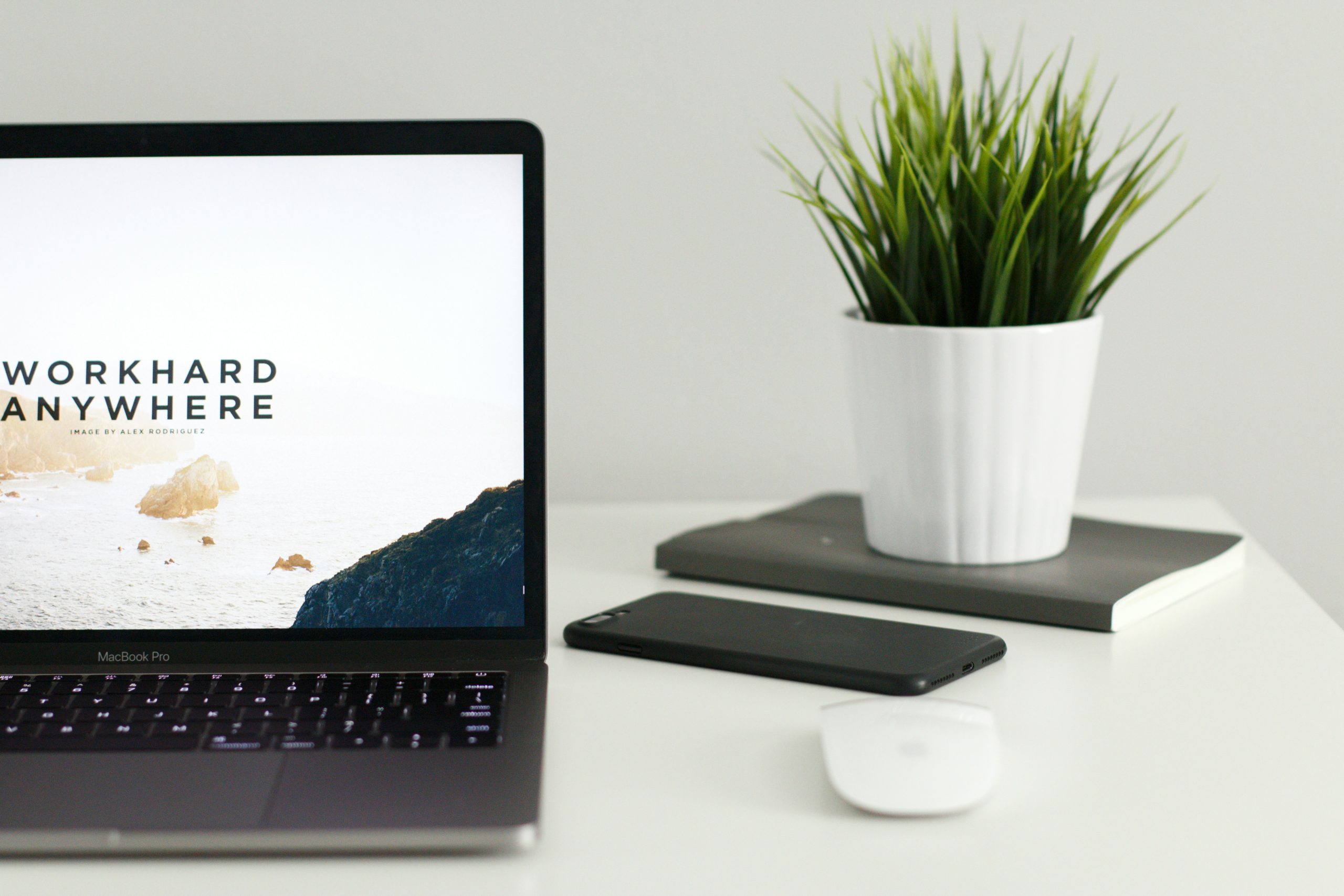Remote work offers flexibility and freedom but can blur professional and personal life boundaries. Work can seep into personal time without a clear separation, leading to burnout and stress. Achieving work-life balance in a remote work environment requires intentional strategies to maintain productivity while prioritizing well-being.
The Challenges of Remote Work
Working from home can feel like a dream as there are no long commutes, more time with family, and the comfort of your own space. However, it also comes with challenges, such as:
- Difficulty in setting boundaries between work and personal life.
- Increased distractions from household responsibilities or family members.
- A tendency to overwork due to the lack of a structured end to the workday.
- Feelings of isolation from reduced social interaction with colleagues
To create a sustainable work-life balance, remote workers must set clear boundaries, maintain healthy routines, and prioritize self-care.
Strategies for Work-life Balance
- Set Clear Work Hours – Establish a consistent schedule and stick to it. Define start and end times for your workday, just as you would in a traditional office. Communicate these hours with your team and family to minimize interruptions.
- Create a Dedicated Workspace – Working from the couch or bed may seem appealing, but it blurs the lines between work and relaxation. Please set up a designated workspace that signals to your brain when it’s time to focus and when it’s time to unwind.
- Take Regular Breaks – Breaks are essential for maintaining productivity and mental well-being. Use the Pomodoro technique working for 25-50 minutes and taking short breaks in between to stay refreshed and avoid burnout.
- Establish a Morning and Evening Routine – A structured morning routine can help you transition into work mode, while an evening routine signals the end of the workday. Have rituals such as walking, reading, or exercising to help you separate work from personal time
- Avoid Overworking – Remote workers often feel pressure to be constantly available. Resist the urge to check emails or complete tasks outside of work hours. Turn off notifications and set clear expectations about your availability with your employer or clients.
- Prioritize Social Interaction – Isolation is a common struggle for remote workers. Make an effort to connect with colleagues through virtual coffee chats, networking events, or even co-working spaces. Socializing helps maintain motivation and prevents loneliness
- Make Time for Physical and Mental Well-Being – Exercise, mindfulness, and self-care should be part of your daily routine. Taking care of your physical and mental health improves focus, reduces stress, and enhances overall productivity.
Finding Balance is a Continuous Process
Work-life balance isn’t a one-time achievement; it requires ongoing effort and adjustments. Regularly assess what’s working and what needs improvement. The key is creating a structure that allows you to excel professionally while enjoying personal time.
By implementing these strategies, remote workers can create a fulfilling and balanced lifestyle where work is productive, but life remains enjoyable. What’s one step you can take today to improve your work-life balance?

One Response